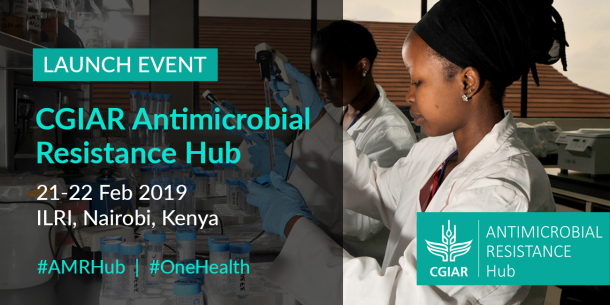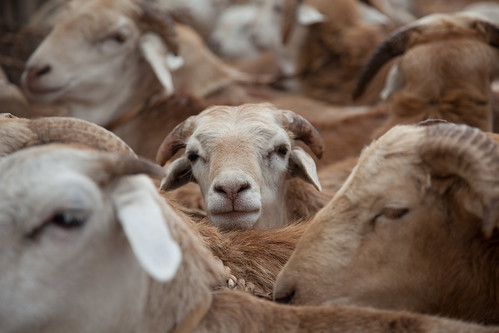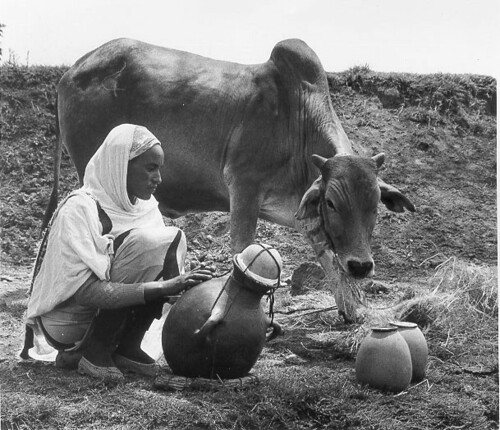The Ruga controversy reminded me of Pastoral Development Project (PDP, incidentally) of the defunct Petroleum (Special) Trust Fund (PTF). Between 1996 and 1997 the PTF conceived the idea of rehabilitating our grazing reserves and livestock routes. It employed consultants to do the survey of the existing routes and bills were prepared for the execution of the contracts.
Below are, for example, the stock routes billed for rehabilitation.
___________________________
PRIORITISED STOCK ROUTES FOR REHABILITATION
Wase – Makurdi 210.2km
Potiskum – Bauchi 220.2km
Bauchi – Lere 110.0km
Lere – Wase 100.4km
Bauchi – Bukuru 130.7km
Bukuru – Wamba 110.2km
Wamba – Lafia 50.4km
Lafia – Makurdi 90.2km
Makurdi – Otukpo 70.0km
Otukpo – Nsukka 100.6km
Nsukka – Adani 40.5km
Adani – Onitsha 70.6km
Nsukka – Enugu 50.4km
Enugu – Okigwe 70.2km
Birnin Konni – Sokoto 80.2km
Dioundiou – Birnin Kebbi 50.8km
Sokoto – Yelwa 310.1km
Yelwa – New Bussa 150.0km
Bangui – Bena 310.1km
Bena – Kontagora 120.3km
Kontagora – New Bussa 140.4km
New Bussa – Kaiama 70.4km
Kaiama – Iseyin 210.0km
Iseyin – Oyo 40.2km
Oyo – Ibadan 50.3km
Kontagora – Bokani 100.6km
Bokani – Ilorin 150.0km
Ilorin – Osogbo 90.4km
Osogbo – Ibadan 90.0km
Ibadan – Sagamu 90.5km
Sagamu – Ikorodu 30.2km
Bangui – Kaura Namoda 130.2km
Kaura Namoda Gusau 40.9km
Gusau – Birnin Gwari 180.1km
Birnin Gwari – Minna 210.0km
Minna – Abaji 130.5km
Katsina – Dutsin Ma 60.2km
Dutsin Ma – Funtua 110.9km
Funtua – Kaduna 120.4km
Kaduna – Gwada 120.8km
Gwada – Minna 30.5km
Doungas – Kano 130.5km
Kano – Zaria 130.8km
Zaria – Kaduna 90.1km
Kano – Wudil 40.8km
Wudil – Ikara 90.6km
Ikara – Zonkwa 160.4km
Zonkwa – Kagoro 20.4km
Kagoro – Keffi 100.0km
Keffi – Abaji 140.6km
Keffi – Lokoja 170.8km
Abaji – Lokoja 230.3km
Lokoja – Auchi 100.6km
Auchi – Benin City 110.3km
Benin – Warri 90.3km
Ibadan – Ife 80.9km
Ife – Ilesha 20.8km
Ilesha – Ikole 120.4km
Ikole – Akure 110.4km
Akure – Ikare 80.2km
Ikole – Ikare 60.3km
Ikare – Auchi 120.0km
Bosso – Geidam 180.7km
Geidam – Ringim 320.8km
Ringim – Kano 70.3km
Geidam – Damaturu 180.7km
Bosso – Gubio 180.7km
Gubio – Maiduguri 90.6km
Frontier – Dikwa 70.5km
Dikwa – Maiduguri 80.6km
Maiduguri – Damaturu 130.5km
Damaturu – Potiskum 90.9km
Potiskum – Duku 100.8km
Duku – Wase 220.6km
Maiduguri – Biu 170.7km
Damaturu – Biu 130.5km
Biu – Gombe 120.4km
Gombe – Numan 130.8km
Biu – Numan 140.6km
Numan – Jalingo 100.4km
Jalingo – Nuri 90.7km
Nuri – Wase 120.0km
Frontier – Bama 80.3km
Bama – Mubi Junction 160.2km
Bama – Numa 320.7km
Jalingo – Wukari 200.5km
Wukari – Katsina-Ala 90.1km
Katsina-Ala – Otukpo 130.5km
Jalingo – Bali 120.2km
Frontier – Yola 40.3km
Yola – Bali 270.8km
Bali – Mararaba 110.6km
Mararaba – Katsina-Ala 110.9km
Bali – Ngurore 140.2km
Ngurore – Frontier 70.4km
Yola – Ganye 160.7km
Ganye – Frontier 30.3km
Katsina – Mani 40.2km
Mani – Daura 30.4km
Daura – Kazaure 60.3km
Kazaure – Danbarta 20.8km
Danbarta – Kano 60.1km
Sassoumoroun – Daura 50.6km
(Niger)
Total 12,104.80km
_____________________________________
There were components of the project for grazing reserves nationwide too. Already, PTF had supplied veterinary drugs and equipment to all states of the federation. Nigeria was one.
Then Obasanjo happened. 1999.
That was exactly 20 years ago. Buhari, the PTF Chairman left. It was hoped that in spite of the differences between the then two former heads of state and Obasanjo’s promise of scrapping the PTF, the new President as an experienced administrator will burry the hatchet, take time to sort out the various projects PTF was undertaking and arrange for various ministries to continue with the ones that would contribute to his success. What he did instead was to kill PTF and appoint the Haruna Adamu committee to bury it along with whatever good it contained.
The sad thing was that Obasanjo like all politicians in Nigeria had no blueprint to guide him on what to do. They come in empty handed, with minds filled with grudges and spend years doing little. As a result, they achieve far less than Nigerians expect. Obasanjo was not different. Agriculture received a superficial treatment, nothing beyond fertilizer distribution and loans. Livestock infrastructure was not addressed at all.
Then Buhari returned. 2015.
Like Obasanjo, he came in with good intentions and a lucid vision. He came with a dream but without the details of how to actualize it. Four years have gone and the story of livestock infrastructure is still on page one even as the country starts to pay dearly for the negligence of the past forty years. Farmers and herders are clashing over land, each encroaching into the space of the other. Farmers, miners and land grabbers are seizing forests and grazing reserves. Stock routes are blocked by farms and buildings. Animals are straying as they move or graze close to farms. Blood is spilled. Nigeria is bleeding. And President Buhari, the one time Chairman of the PTF is still on page one – the drawing board!
He is sold different programs. Ranching. Colonies. NLTP. Ruga. Etc. From the characters inventing these tales, I am beginning to believe that the President may finish his tenure achieving just as little as Obasanjo in the area of livestock development. His first Minister of Agriculture, Mr. Audu Ogbeh, has left office without a single meter of stock route repaired or a meter square of grazing reserve rehabilitated. In 2016, he promised us that in 8 months, not a single cow will be roaming in Nigeria. 36 months later, not a cow is restricted. He is clearly anti-grazing. And watch out. He may return.
Will it be a crime for Buhari to revisit his pastoral dream in PTF that will go a long way in solving the problems of grazing and livestock movement? I do not think so. What is more interesting is that he only needs to ask the project consultants to re-open their spreadsheets and, behold, everything will be there, including bill of quantities, which will only need to be updated in pricing.
And work can start of course with the expedited completion of due process. He has partners in the willing governors and their states, who are so many to give him the sufficient company he needs in his journey. This is better than an NLTP that is subject to sabortage at every stage of its implementation, embodied with many explosives and which may just be another Kano Film Village, Second Niger Bridge, Baro Port, Kano-Maradi Railway Line, Mambila Dam, Refineries, Electricity, etc.
Obasanjo could stop Buhari’s dream in 1999 and kill the PTF – and he did – but he cannot kill the dream entirely. Buhari can revisit that dream and actualize it with the opportunity that he has now as the President. That dream can be in addition to the NLTP, a fall back position, just in case the latter turns out to suffer another ill-fate of ranching, colony or Ruga. In any case, the elitist NLTP, if ever implemented over the next ten years, will cater for only a small fraction of our cattle population. His 1996 dream, which can be modernized too, is more realistic and more encompassing.
Most northerners are concerned about livestock for a reason. It is the second largest contributor to our GDP and, you can say, the major ‘foreign exchange’ earner for the region. While the south exports to the North almost every industrial product it needs, cattle and grains are the only things the North exports to the south, with cattle earning most. The southwest consumes 10,000 cattle daily – 5,000 in Lagos State alone. A similar number may be consumed daily in the southeast and south south combined.
The much villified herdsman is just the custodian of the cattle, living in sub-human conditions of the forest. The butchers and other sedentary Nigerians in the value chain – like transporters, restaurants, dairy companies, tanners, exporters, etc. – gain much more than the herdsman, the butcher alone earning between 25% and 35% of the price of a cow. He saves the governments over billion of dollars in foreign exchange annually.
Yet, the poor herdsman cannot use up to N2,000 of the price of a cow he sold. He will buy another in the market to replace it. What a good custodian! His penury and ascetic life is helping to keep the bovine population steady for Nigerians. Livestock contributes 6% of our GDP. Northerners – and indeed Nigerians – can only be foolish to let this priceless commodity go. The investment of government in livestock services, as in other sectors of the economy, cannot be overemphasized.
So let the President’s old pastoral dream start to take shape in willing states – the home states of our cattle – rehabilitating our grazing reserves with facilities like dams, vet clinics, artificial insemination services, etc. and our stock routes with beacons, resting points and wells. If the benefit becomes manifest, other states can key in.
That dream is the property of Mr. President. He should not allow anyone to destroy it.
Dr. Aliyu U. Tilde
13 July 2019







 Climate change, soil degradation, erosion and poor farming practices have put agriculture and ecosystems around the world in peril. John Head, the Robert W. Wagstaff Distinguished Professor of Law at KU, has written a new book and a pair of law review articles outlining how institutional changes could form entities that oversee agricultural concerns in what he calls “eco-states” instead of nation-states. Those could usher in a change from…
Climate change, soil degradation, erosion and poor farming practices have put agriculture and ecosystems around the world in peril. John Head, the Robert W. Wagstaff Distinguished Professor of Law at KU, has written a new book and a pair of law review articles outlining how institutional changes could form entities that oversee agricultural concerns in what he calls “eco-states” instead of nation-states. Those could usher in a change from…





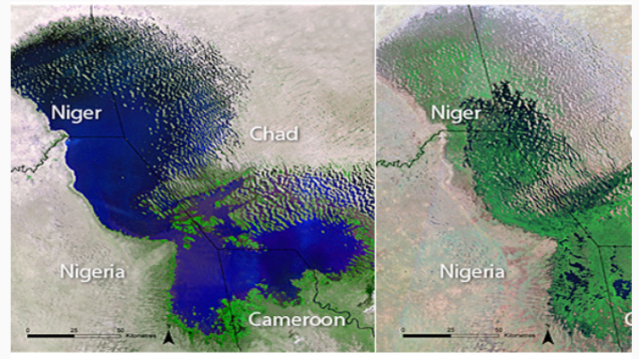
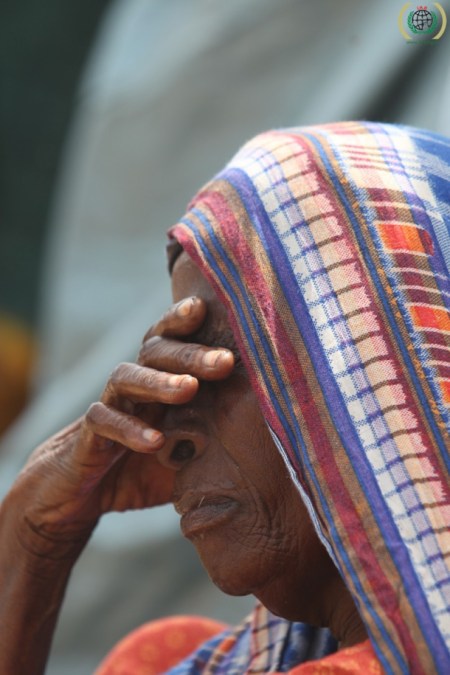









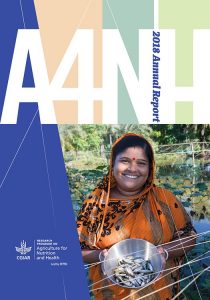



 Tanzania minister for livestock and fisheries, Luhaga Mpina (right), receives a copy of the Tanzania livestock master plan from Barry Shapiro, senior livestock development advisor at ILRI (photo credit: Eveline Massam/IITA).
Tanzania minister for livestock and fisheries, Luhaga Mpina (right), receives a copy of the Tanzania livestock master plan from Barry Shapiro, senior livestock development advisor at ILRI (photo credit: Eveline Massam/IITA). Kibera slum alley (photo via Flickr/Ninara)
Kibera slum alley (photo via Flickr/Ninara) 
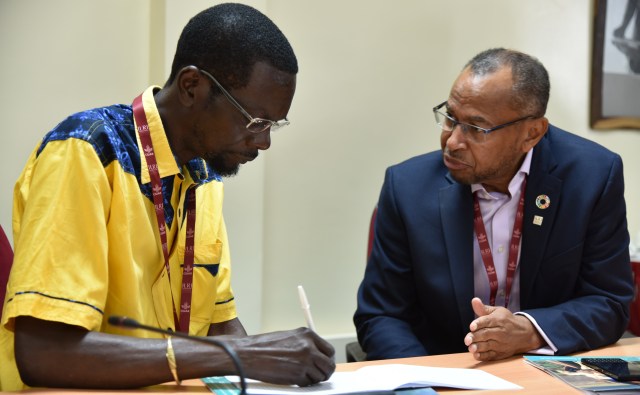 Jimmy Smith (right) and Ochieng’ Ogodo (SciDev.net). A CGIAR Antimicrobial Resistance Hub to help integrate and channel research and development efforts in tackling antimicrobial resistance was launched at ILRI Nairobi, Kenya, 21-22 February 2019 [photo credit: ILRI/Paul Karaimu]. As reported this week by Jacqueline Ogada, a journalist at SciDevNet, the director general of the International Livestock Research Institute (ILRI) said recently that ‘reducing the use of antimicrobials in agriculture as well as medicine . . . can make a huge difference’ in protecting public health.
Jimmy Smith (right) and Ochieng’ Ogodo (SciDev.net). A CGIAR Antimicrobial Resistance Hub to help integrate and channel research and development efforts in tackling antimicrobial resistance was launched at ILRI Nairobi, Kenya, 21-22 February 2019 [photo credit: ILRI/Paul Karaimu]. As reported this week by Jacqueline Ogada, a journalist at SciDevNet, the director general of the International Livestock Research Institute (ILRI) said recently that ‘reducing the use of antimicrobials in agriculture as well as medicine . . . can make a huge difference’ in protecting public health. Some of the livestock sector’s numerous roles (credit: ILRI).
Some of the livestock sector’s numerous roles (credit: ILRI). 